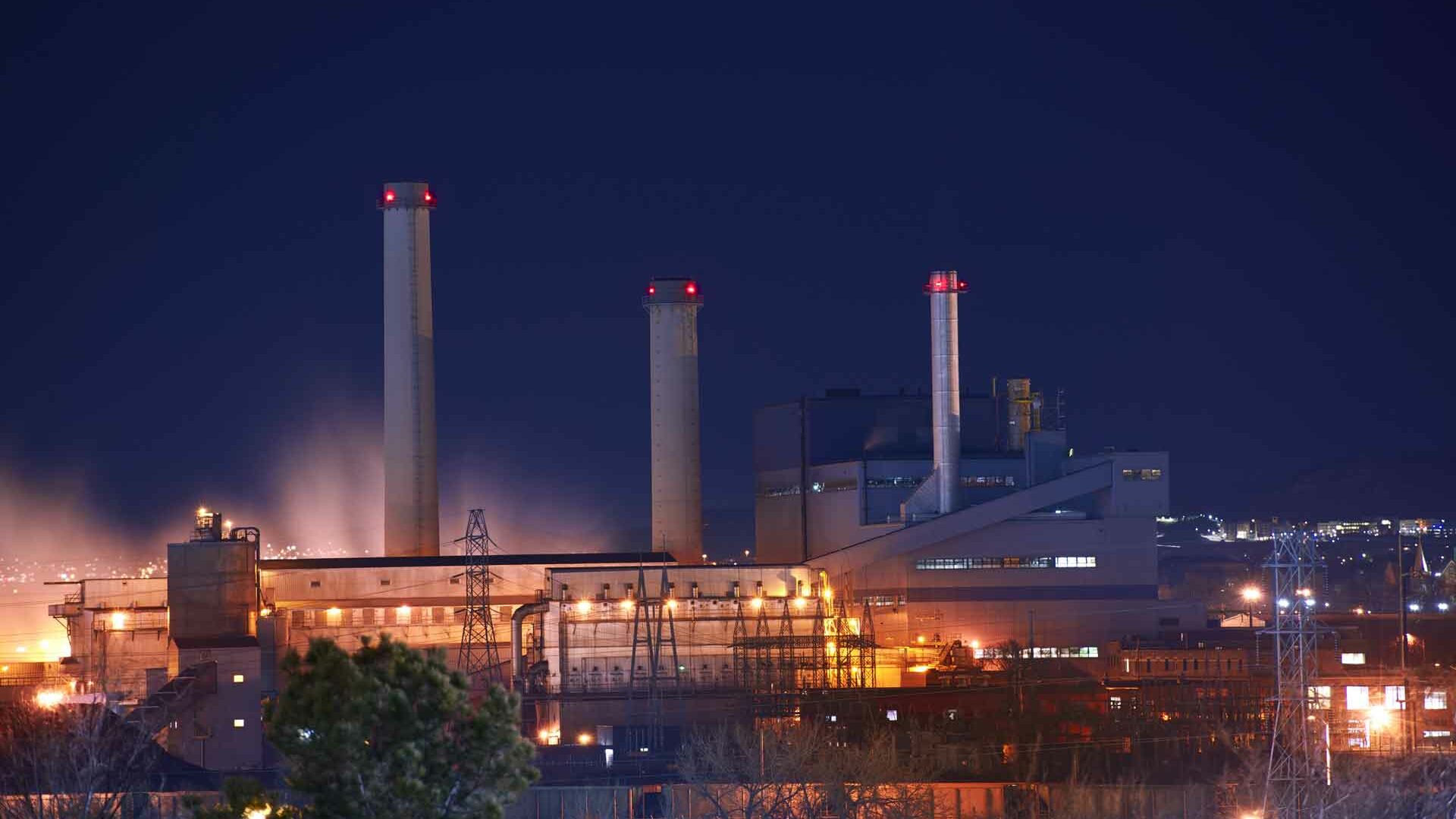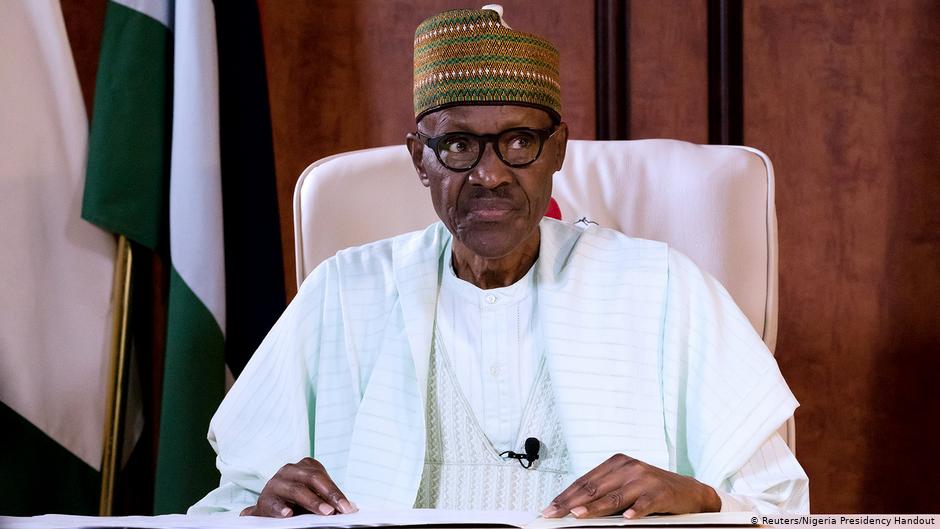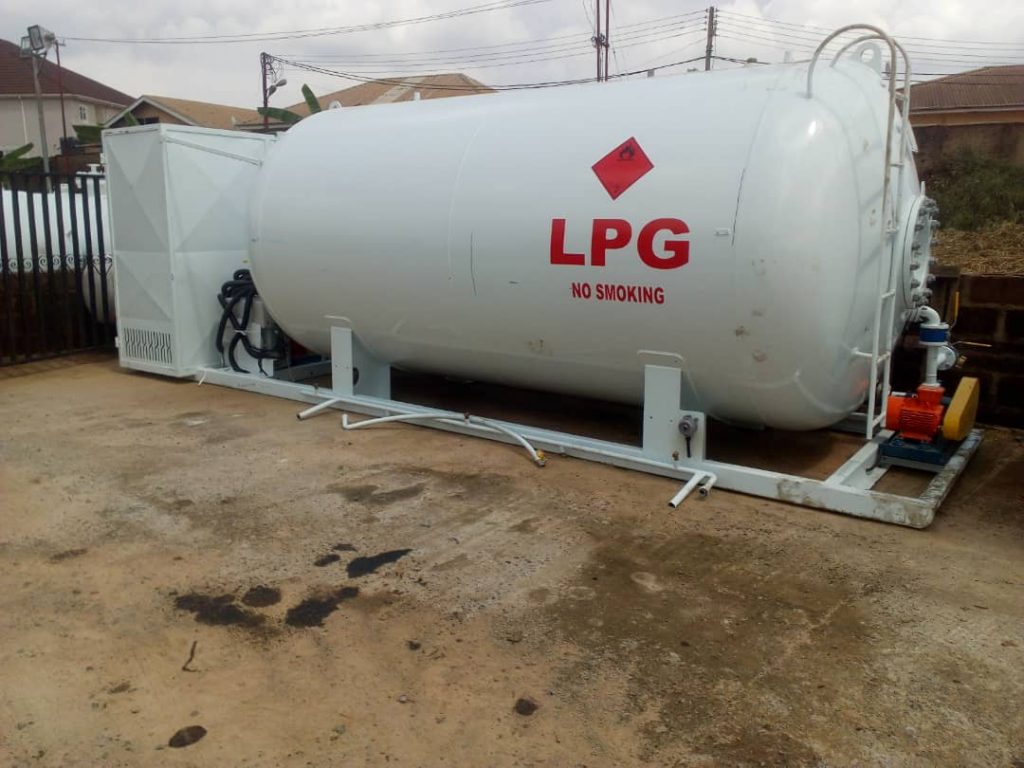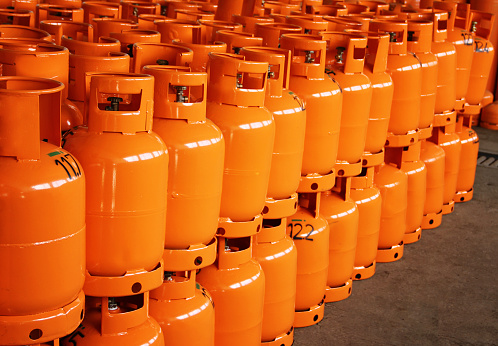During my childhood, Aba-made or made-in-Aba was a popular cliché amongst Nigerians. The phrase referred to any locally made product believed to be cheap and inferior in quality. As a matter of fact, when you got to the market, it was common to hear someone ask: “I hope say no be Aba-made?” But I was amazed when Vice President Yemi Osinbajo recently said he also started hearing about Aba-made in his childhood.
However, this decades-long trope is no longer so popular today. The manufacturing potential that emerge from the southeastern commercial city of Aba was never harnessed by the government. Much of the manufactured and high-end consumer goods in Nigeria these days are from China, South Korea, Japan, western Europe and the United States.
The Vice President also posited that Nigeria has no business with Chinese products if Aba’s budding entrepreneurs had been supported and the city’s industries developed. As a National Youth Service Corps member in Owerri, I took the opportunity, together with some friends, to visit the popular Ariaria market in Aba. We were confounded at the bustling entrepreneurial activity in different parts of the city. We saw artisans sewing chinos and jeans, as well as those making shoes and bags.
Unfortunately, the advent of oil windfalls in the country helped a lot of middle- to high-income individuals to develop perverse appetite for foreign-made products to the neglect of the local industries. Nigeria’s once-vibrant textile industry was also a casualty of petrodollars. In a conversation with one of the artisans, I asked him why he used a counterfeit label of a popular foreign brand, Levis, on the jeans he made. His reply was not unexpected. He said no one would patronize a local brand. The result of this make-believe marketing strategy is that a lot of boutiques around the country are stocked with clothing items made in Nigeria but are labelled as made-in-Spain or made-in-Italy.
It is the deficit of visionary leadership and long-term planning that has prevented Aba and other local industrial clusters from becoming global manufacturing hubs. Nevertheless, the current economic realities in the country have pushed the government at both national and sub-national levels to start looking inwards. Aba-made products are now receiving some attention.
On October 1, 2016, the Abia State government launched an e-commerce site, MadeInAba.com.ng, to make it possible for Aba-made merchandise to be retailed across the country. MadeInAba.com.ng is a much larger market that includes an online retail store and physical stores to offer wholesale and retail services.
Part of Governor Okezie Ikpeazu’s reforms include providing infrastructures for the markets to thrive. Last year, members of the Leather Products Manufacturers Association (LEPMAS) in Abia State received a N10.4 million loan from the Bank of Agriculture. The loan, aimed at supporting the standardisation of finished leather products, was facilitated by the UK’s Department for International Development (DFID) and Market Development in the Niger Delta (MADE).
Industrialization is what catalysed the development of today’s advanced economies. Manchester, England, earned the moniker of “Cottonopolis” during the industrialisation of the 19th century and because of the large number of textile factories in the city. As a matter of fact, the term Manchester is being used for some household textile materials in Australia and New Zealand.
It was during the first industrialisation that the first-ever intercity railway, the Liverpool and Manchester Railway, was built. So many other government interventions and infrastructure sprung up to support the textile revolution in Manchester. A lot of industrial cities around the world share similar history of government’s intervention once an opportunity was identified. Banks, insurance companies and other institutions stepped in to provide support in various forms, including funding.
The contribution of industries to Nigeria’s GDP has shrunk from 25.3% in 2012 to 22% in 2016. Last year, the sector lagged behind the agriculture (24.4%) and services (53.6%) sectors. Despite having a number of industrialisation policies, the Nigerian government has failed to successfully implement them. The primary sector remains the largest source of foreign exchange for the country. Value-addition and industrialisation are the key to rapid economic growth and structural transformation of the Nigerian economy.
When I arrived in Canada over 10 years ago, I took a liking to the small hard mints, called Tic Tac, manufactured by Italy-based Ferrero. I remember vividly the day I bought the first one. I glanced at the ingredients and to my surprise, one of it was gum arabic, a natural gum that is found in large quantity in Northern Nigeria.
Also known as acacia gum or meska, gum arabic is a natural emulsifier. It is extensively used in the food and pharmaceutical industries; it is also used in printing, photography, paint production, glues, cosmetics and many other products. It is used to make water colour paints and shoe polish. In the ceramic industry, it is used as an addictive to ceramic glazes. It is also the most common form of adhesive used for the rolling paper in cigarettes.
The Minister of Agriculture and Rural Development, Audu Ogbeh, recently said the country earned more than $43 million from the export of gum arabic in 2016. First, the amount the minister was touting is a drop in the ocean. At prices between $3,200 and $3,800 per tonne, Nigeria’s total export of gum arabic amounts to less than 12,000 tonnes. Sudan, the world’s largest exporter of gum arabic, exported 60,000 tonnes to western Europe and US alone in 2014. In 2015, the country said it had an annual output target of 300,000 tonnes for 2016-2018.
Nigeria currently has less than 5% of the world’s gum arabic market. Sudan and Chad together account for about 95% of the market. Since 1999, Nigeria has lost its US market share of Grade 1 gum arabic because it failed to meet the necessary standards for production and export. Sudan and Chad get 20% higher prices for their Grade 1 gum arabic than Nigeria does because of inconsistency in the quality of Nigeria’s gum Arabic produce. To compete, Nigeria must be known as a reliable source of the Grade 1, then the country must maintain that reputation.
In a report by the United States Agency for International Development (USAID), China and Japan import Grade 1 gum arabic, but only from Sudan. India is a major importer of Nigerian gum arabic, but the Asian country buys mainly Grade 2, and mixed grades.
Most of Nigeria’s Grade 1 gum arabic trees, the Acacia Senegal, grow in three states, Borno, Jigawa, and Yobe. The climate and soil in these states are well-suited to the Acacia Senegal tree. Unfortunately, the Nigerian government has not provided the required capacity-development support for gum arabic growers to produce this resource. The gum arabic business is improving the livelihoods of local farmers in Sudan.
The global demand for gum arabic is mainly due to its multi-functionality and medicinal properties. According to Markets and Markets, reputable for publishing premium market research, the global gum arabic market is projected to reach $800 million by 2019.
The other issue is that Audu Ogbe’s comment betrays the lack of strategic thinking required to invest in adding value to gum arabic production in Nigeria before exporting it. Exporting the raw material is tantamount to exporting jobs and generating investment opportunities in other countries, while we continue to import foreign goods.
Both at the primary commodity and value-added segments of the market, the benefits in terms of jobs and revenue arising from the gum arabic value chain are enormous. The government should through NAGAPPEN (National Association of Gum Arabic Producers and Exports of Nigeria) provide support to gum arabic growers to help expand Nigeria’s share of the international gum arabic market.
A strategic engagement of the Nigerian government in the production of this resource as well as supporting entrepreneurs in Aba, are viable approaches for achieving the competitiveness of the Nigerian economy sought by the current administration’s economic plan. Moreover, supporting the manufacturing sector in the south-eastern part of the country would go a long way in boosting the political capital of President Muhammadu Buhari in that region. In all, both the government and the private sector have major roles to play in achieving economic security for all Nigerians.
Culled from:http://www.financialnigeria.com/made-in-aba-gum-arabic-and-nigeria-s-economic-development-blog-244.html




